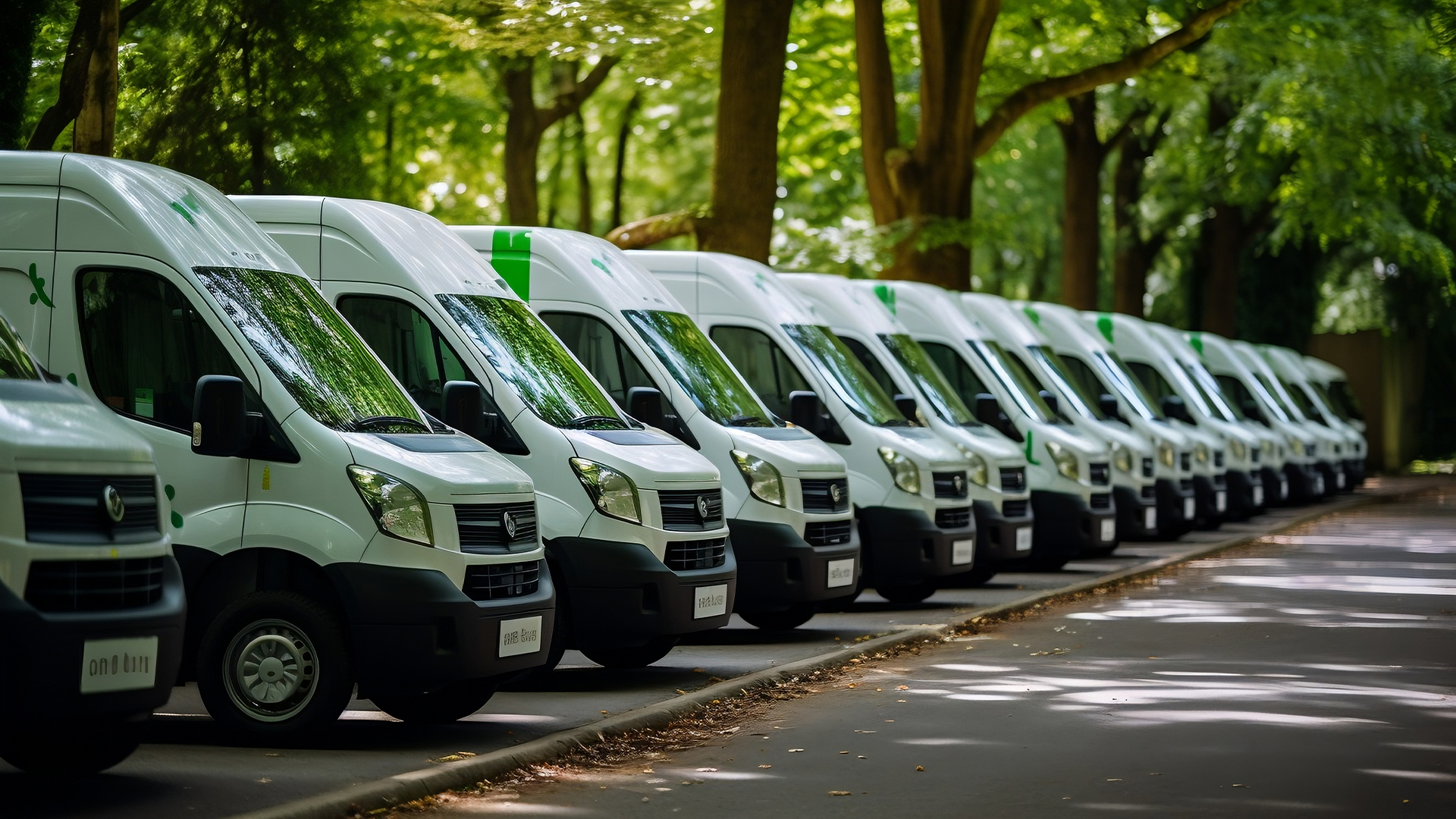Royal Mail’s 85,000 postal workers collectively take up to a billion steps daily, serving approximately 32 million addresses. Mail services have been an integral part of our lives for decades, and if we want to continue using them for much longer, we need to rethink how we can make them more sustainable. Luckily, a number of countries have committed to reducing postal carbon emissions footprint through the implementation of eco-friendly practices to meet the UN Sustainable Development Goals by 2050.
David Beasley, director at Washington Direct Mail: “Countries worldwide are uniting in order to make mailing services more sustainable, as they’re seeing the potential the sector holds. From decarbonisation to using electric vehicles for deliveries to making postal establishments more energy-efficient, there are many solutions that can inspire changes in the UK and beyond. Businesses too can partake in the green revolution by opting for sustainable direct mail marketing campaigns.”
Investing in greener delivery fleets
According to the Universal Postal Union’s “2022 Postal Development Report”, a country experiencing a 10% rise in its postal reach score is linked to an 11% increase in per capita CO2 emissions. Postal reach refers to the adeptness of the international postal network.
More notably, a 10% rise in the 2IPD reliability score, which relates to greater speed or predictability of delivery, leads to a 13.3% increase in postal CO2 pollution emissions level per capita.
Delivering postal excellence shouldn’t come at the cost of the environment. Many countries are working to enhance the reliability, reach and relevance of their services while also decreasing carbon emissions by adopting greener delivery fleets. These include long-haul and last-mile transports, such as low-emission freight options like rail and more elaborate multimodal transportation systems.
Electric vehicles and alternative fuels
Many postal services are transitioning their delivery fleets from traditional fossil fuel vehicles to alternative fuels, such as hydrogen and LNG, along with the implementation of electric or hybrid vehicles. By reducing emissions from transportation, these services contribute to lower overall carbon emissions.
From 2012 to 2022, the share of alternative fuel vehicles within postal fleets more than doubled, rising from 12% to 26%. Electric vehicles now constitute 20% of the total postal fleet.
Renewable energy adoption
Mail sorting and distribution centres are increasingly powered by renewable energy sources such as solar and wind. This shift helps reduce the reliance on non-renewable energy. It lowers the overall environmental impact of mail operations while also helping reduce costs in the context of high energy prices.
In 2022, 38% of the electricity consumed by the 22 participating postal facilities in the joint sustainability program came from renewable sources.
Packaging innovation
Beasley said: “While mail services do utilise paper, that’s not to say they are unsustainable, especially if the paper comes from guaranteed eco-friendly sources. Polythene, for example, is a much better sustainable option compared to recycled paper. It is also light and strong, thus minimising transportation volumes and costs while ensuring the quality and integrity of your mail. Another advantage to using polythene is that it is devoid of bleaches or other chemicals during production, massively decreasing the risk of unnecessary pollution.”
The use of standardised letter and package sizes paired with automated sorting machines that utilise barcodes to process large volumes of mail quickly and accurately also reduces the overall carbon footprint while improving efficiency.
Beasley said: “And lastly, design plays a pivotal role in enhancing the sustainability of mail campaigns. Instead of using multiple individual mail pieces, explore the possibility of consolidating information into a single, larger document. Work with your copywriter or mailing house to see where downsizing is feasible. This may involve adopting a smaller font or experimenting with a shorter copy to convey the message more efficiently. By embracing these design strategies and trimming the scope of direct mail campaigns, businesses can actively contribute to environmental awareness and promote sustainable practices within postal communication.”
Strategic implementation of direct mail into marketing campaigns
When companies target customers for prospecting and acquisition purposes only, their direct mail services are scattered. This often results in unopened letters that simply end up in the bin, polluting the environment.
While direct mail may be abused for generating high volumes of new customers, when it is implemented strategically, it can lead to great results and high open rates, elevating your marketing strategy in a sustainable way.
Beasley says: “The number one rule for disseminating mail in a sustainable way is to avoid spamming people. Leave spam mail for the digital space, precisely emails and social media, where you have more possibility to test highly promotional and ‘reminder’ content without harming the environment.
“Instead, focus on personalising and localising your content based on your audience’s interests. Create targeted lists and match recipients to the right campaigns for them. That way, they will appreciate the thoughtfulness, time and effort you have invested in them, gaining you the results you want. Consequently, this approach leads to reduced waste, lower postage costs, and a more sustainable use of resources.”
The use of big data
“When we talk about targeted lists, it’s inevitable not to mention the use of big data. Historical and real-time tracking, along with advancements in technology, have enabled us to leverage customer data, demographic information, and behavioural patterns to create a comprehensive understanding of target audiences. Analysing this data allows for the identification of specific preferences, interests, and purchasing behaviours, and the curation of targeted lists and more streamlined marketing campaigns. And remember to consider GDPR consent and data privacy when doing so.”
Big data plays a key role in managing fleet operations, too. Analysing large datasets can help optimise delivery routes, reducing fuel consumption and minimising carbon emissions. It can also help monitor and optimise maintenance schedules, identify fuel-efficient vehicles, and plan for the integration of electric or alternative fuel vehicles.
Conclusion
Mail services have the potential to reach sustainability goals by 2050 by focusing on adopting alternative fuels, electric vehicles, renewable energy, and sustainable packaging. Despite the current economic and climate challenges, postal operators are working together to minimise their carbon footprint.
In 2019, the IPC Sustainability Measurement and Management System (SMMS) was launched to address the sector’s sustainability goals for the next decade. They have committed to have 50% of the entire fleet comprised of alternative fuel vehicles by 2030. With the right mindset, postal operators can lead the way for other countries and sectors while enhancing social and economic sustainability.






